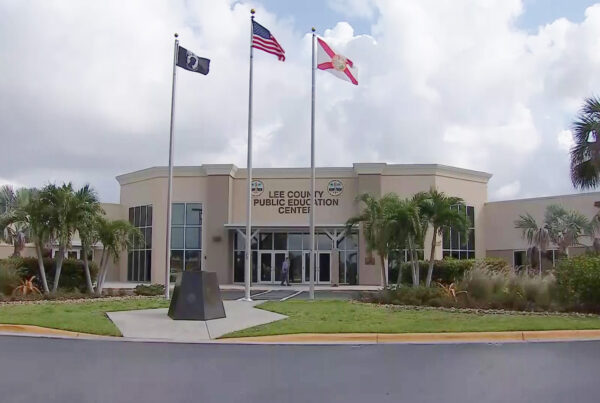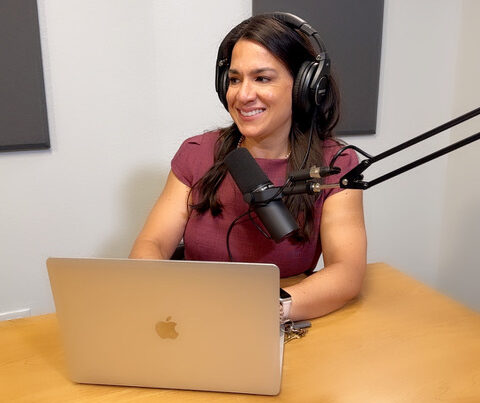PANAMA CITY — Ebonii Caperhart joined the military to pay for college.
“They offered to pay for school in return for me enlisting,” said Caperhart, who joined as a hospital corpsman. Three years and an honorable discharge later, the Panama City woman is now a student at Gulf Coast State College, looking to pursue a bachelor’s degree.
“I think they do a good job here” serving veterans at GCSC “financial wise,” she said. “It’s like you’ve done your time; now we’ll serve you. It’s a good direction.”
As veterans continue to return from various overseas conflicts, how to best serve their needs in higher education is a question colleges and universities continue to grapple with. In a recent national Gallup Poll study of recent veteran graduates, about half of veterans said their school understood their unique needs, while the other half said there was room for improvement.
Florida has been aggressive in finding ways to make education accessible to veterans, with Victory Media, a veteran run media company, ranking it the fifth highest in the nation, with 69 schools making its military-friendly list. Additionally, the state government has taken steps to expand the post-9/11 GI Bill for veterans.
“The big hurdle for the state of Florida was granting in-state tuition rates to returning veterans,” said Steven Murray, spokesman for the Florida Department of Veterans Affairs. “We heard this feedback and worked with the Legislature and collegiate veterans’ groups to change this deficiency.”
Last year, that initiative was expanded so spouses and children of veterans also could benefit from in-state tuition.
Improving the grad rate
Financing education, however, is only step one. Only about 52 percent of veterans using the GI Bill complete their degrees and graduate, according to a study by the Student Veterans of America in partnership with the Department of Veterans Affairs and the National Student Clearinghouse.
While the graduation rate is consistent with that of traditional students — about 54 percent — it does present a challenge for schools trying to keep veterans enrolled.
[/cmsms_text][cmsms_button button_link=”http://www.newsherald.com/article/20151219/NEWS/151219039/” button_target=”blank” button_text_align=”left” button_font_weight=”100″ button_font_style=”normal” button_border_style=”solid” animation_delay=”0″]CLICK HERE TO READ MORE[/cmsms_button][/cmsms_column][/cmsms_row]


























